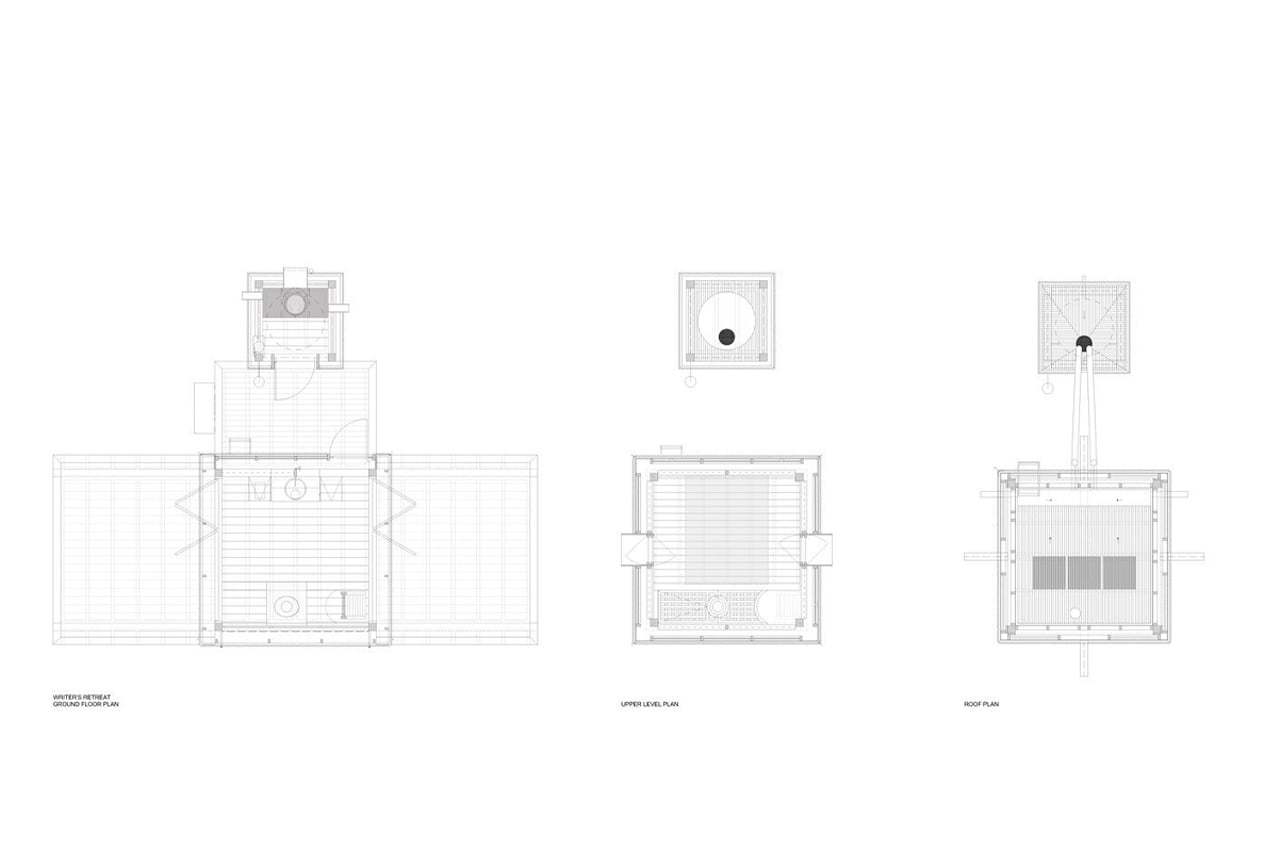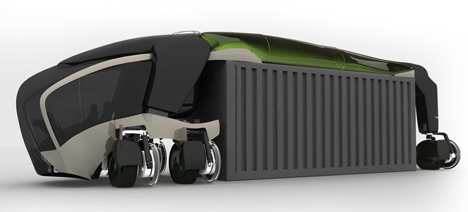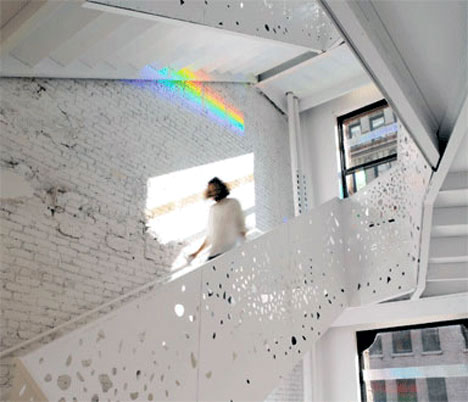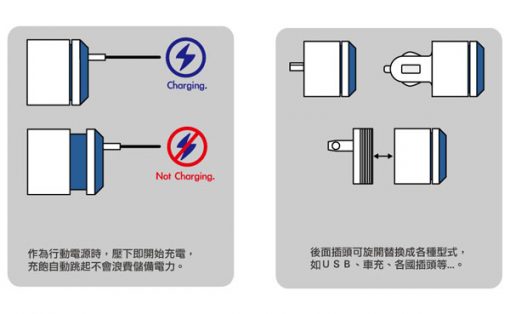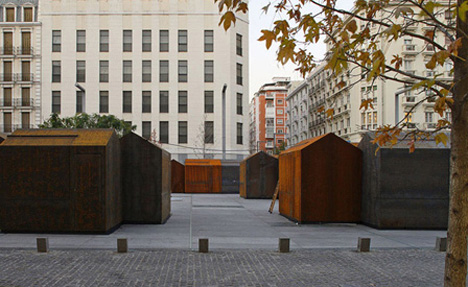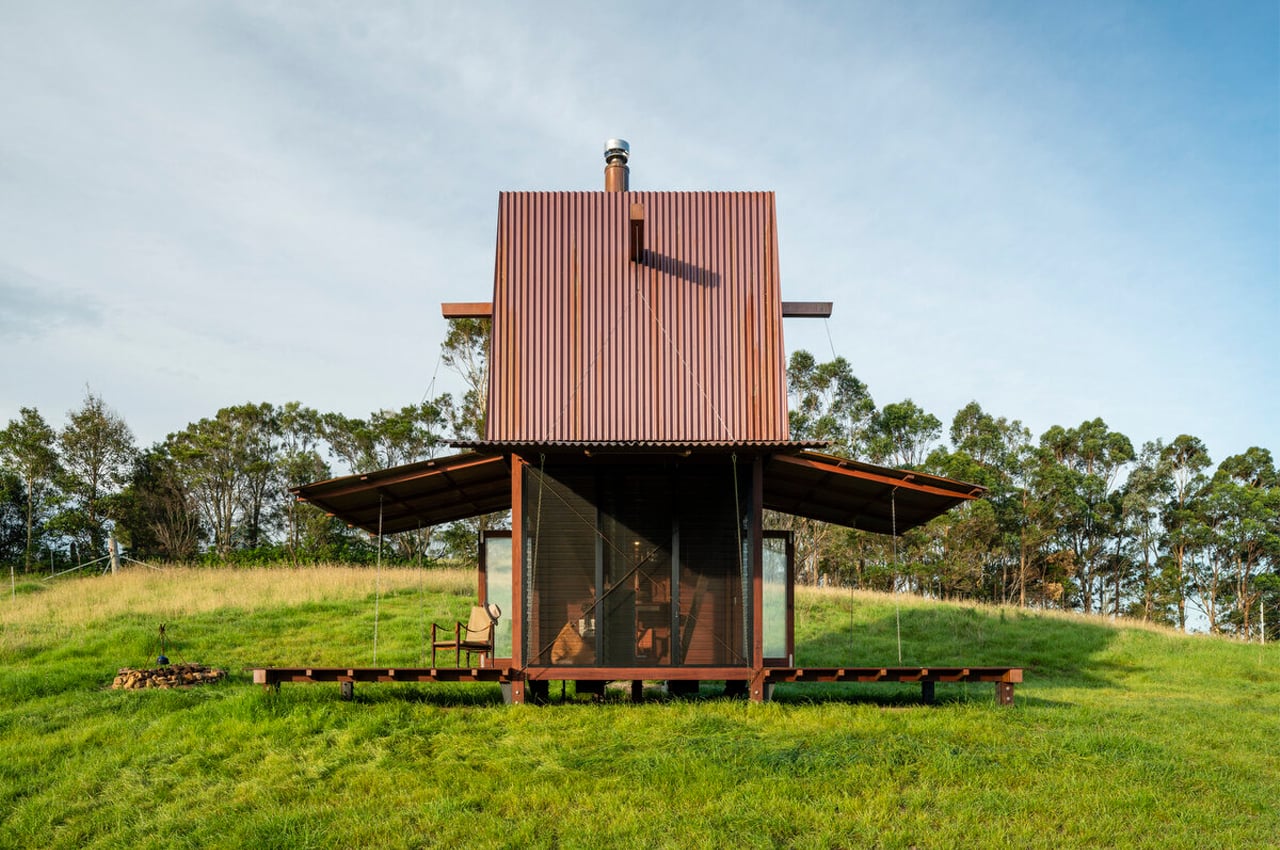
Defined by two distinct towers and movable copper-clad awnings, Permanent Camping II is a sustainable tiny home designed and constructed by Casey Brown Architects. Situated at the base of a gently sloping hill, Permanent Camping II is a prefabricated tiny house located only 500 meters away from the main house on a homestead in New South Wales, Australia.
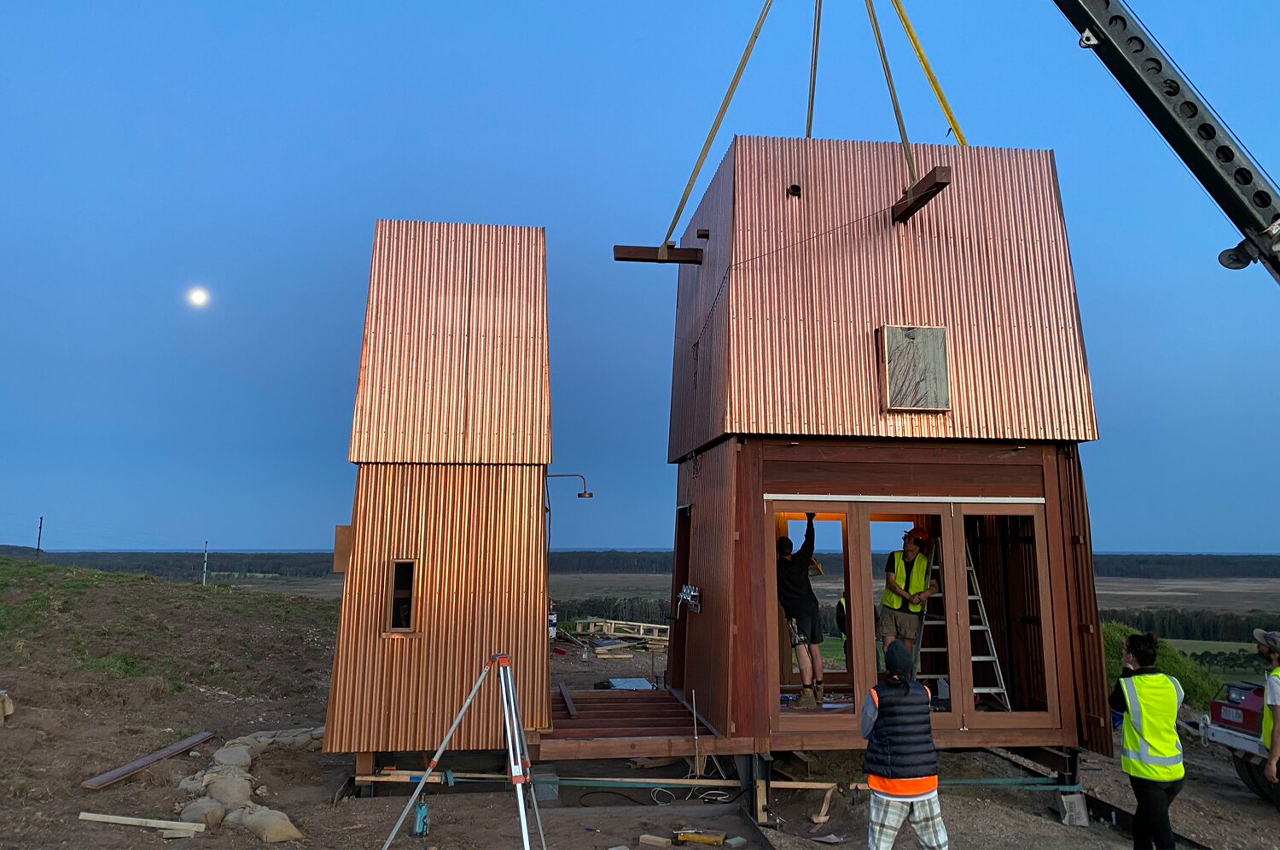
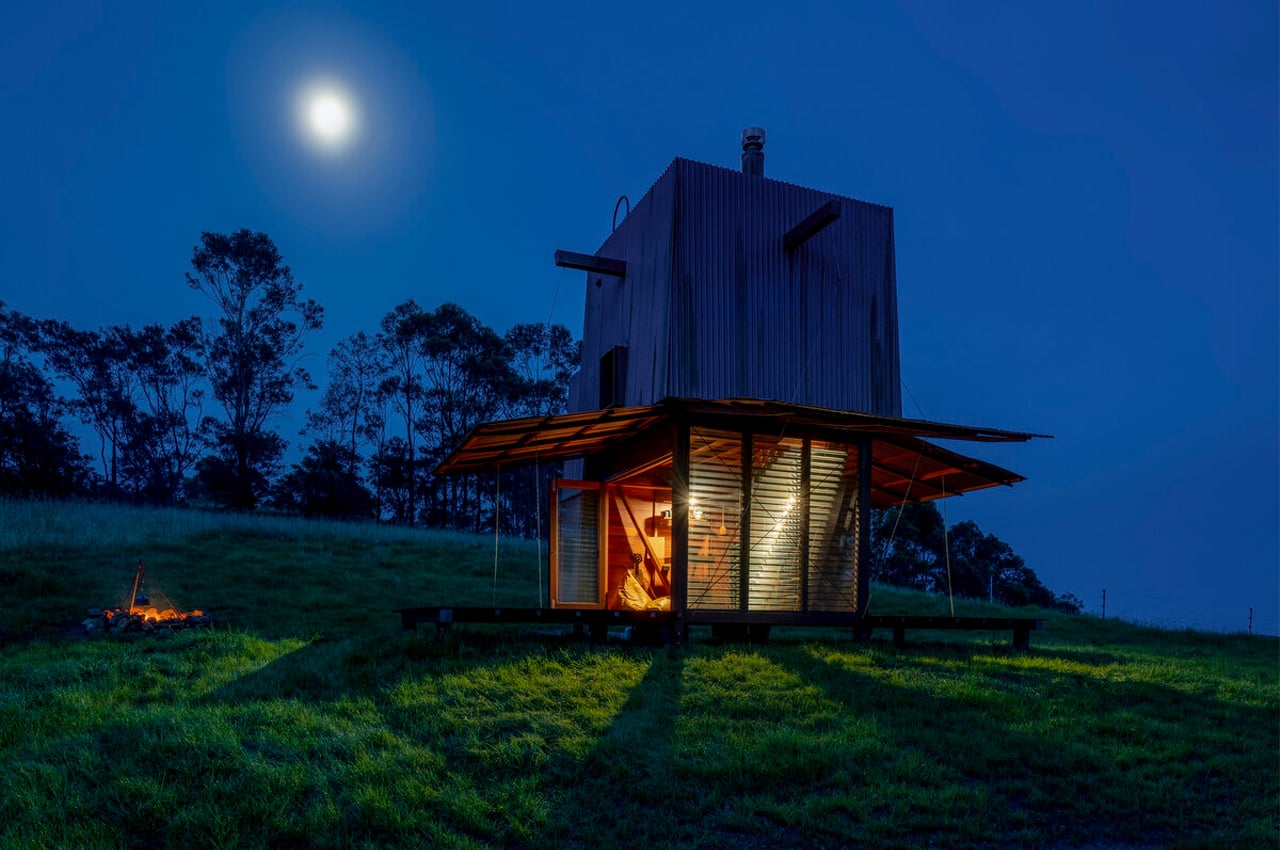
Designed and developed by Casey Brown Architecture, Permanent Camping II is a tiny house stripped-back to become a “retreat with ‘everything you need and nothing you don’t need’ with the demands of living distilled to the bare essentials.” Measuring a cozy 3×3 meters, the countryside haven leaves just enough room to accommodate two people comfortably.
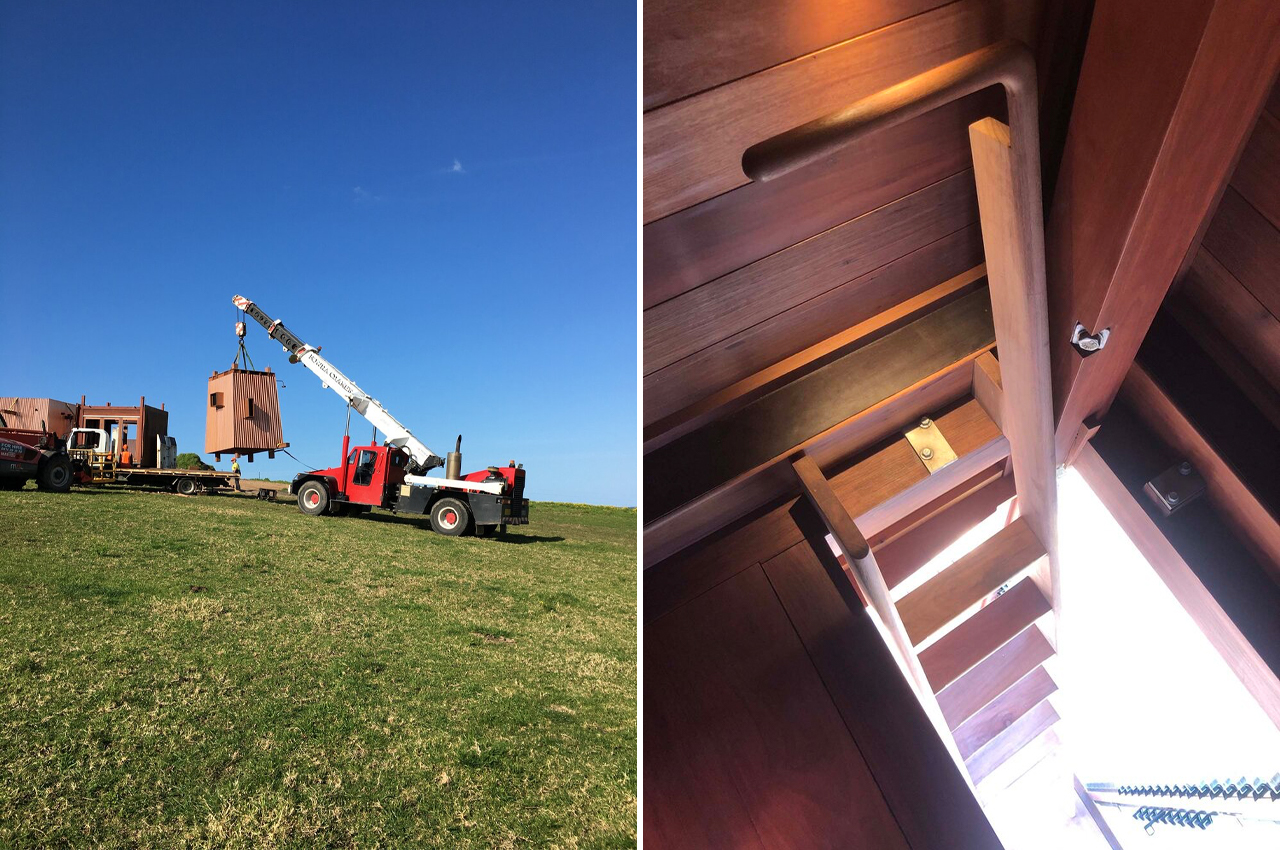
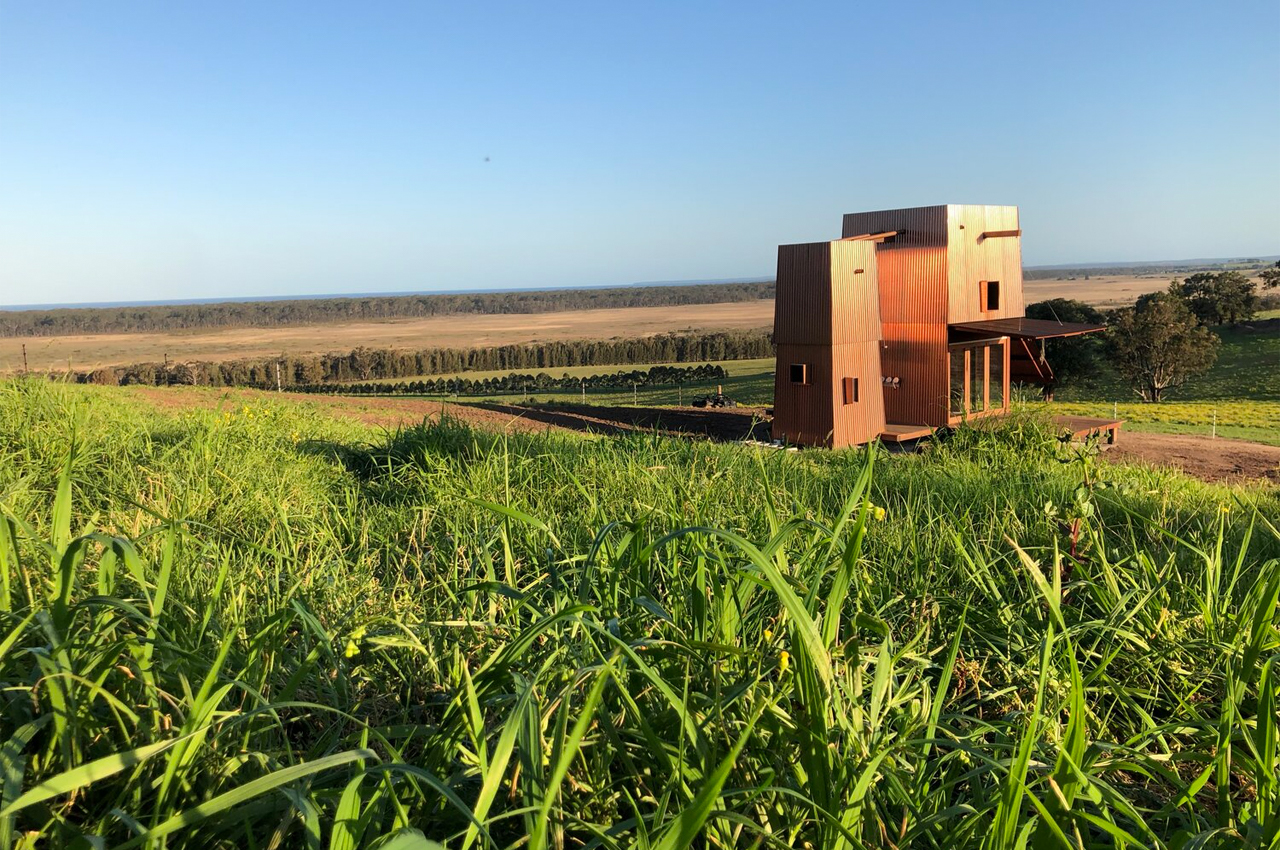
Defined by two distinct towers, Permanent Camping II keeps an ironbark timber frame and a copper-clad exterior. Staving off the threat of Australian sun damage and extreme weather conditions, the copper-clad facade is built to withstand all the elements.
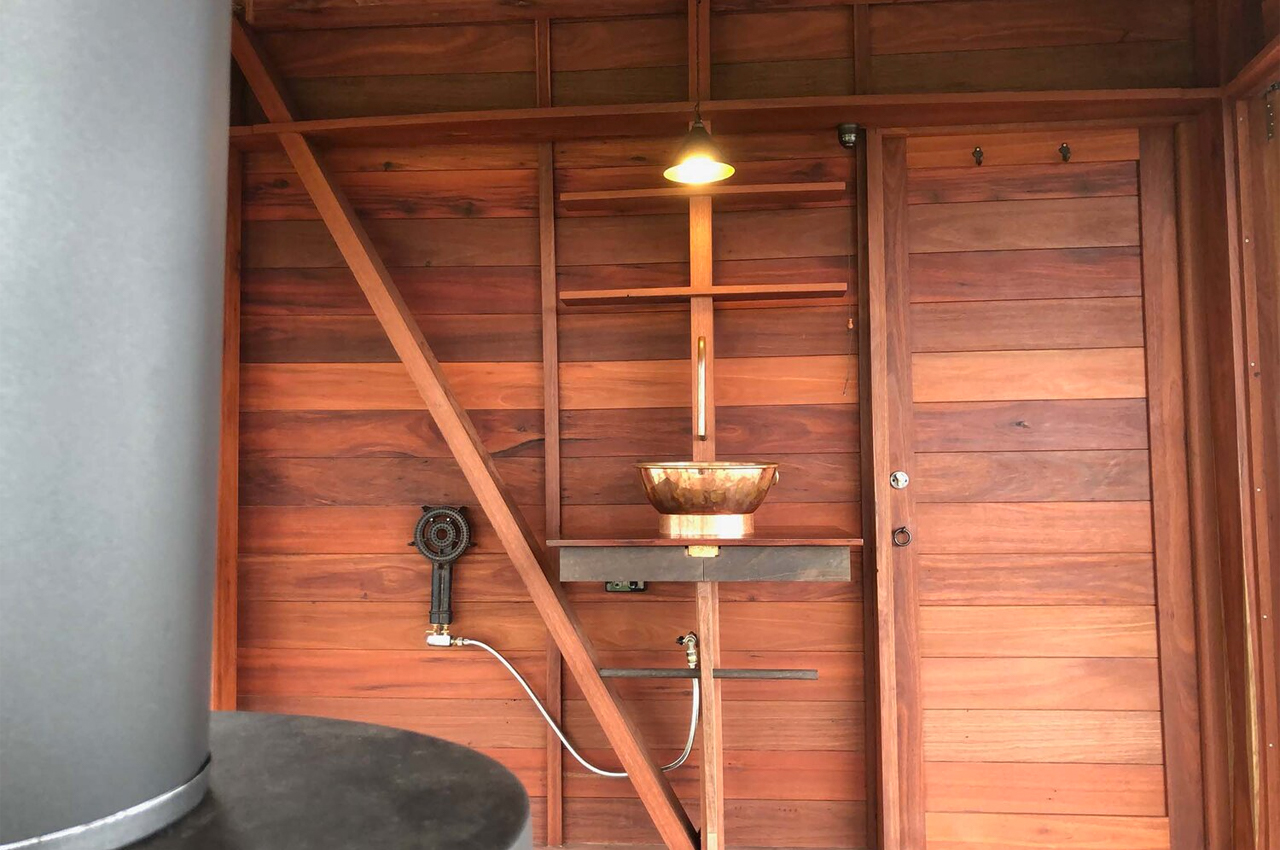
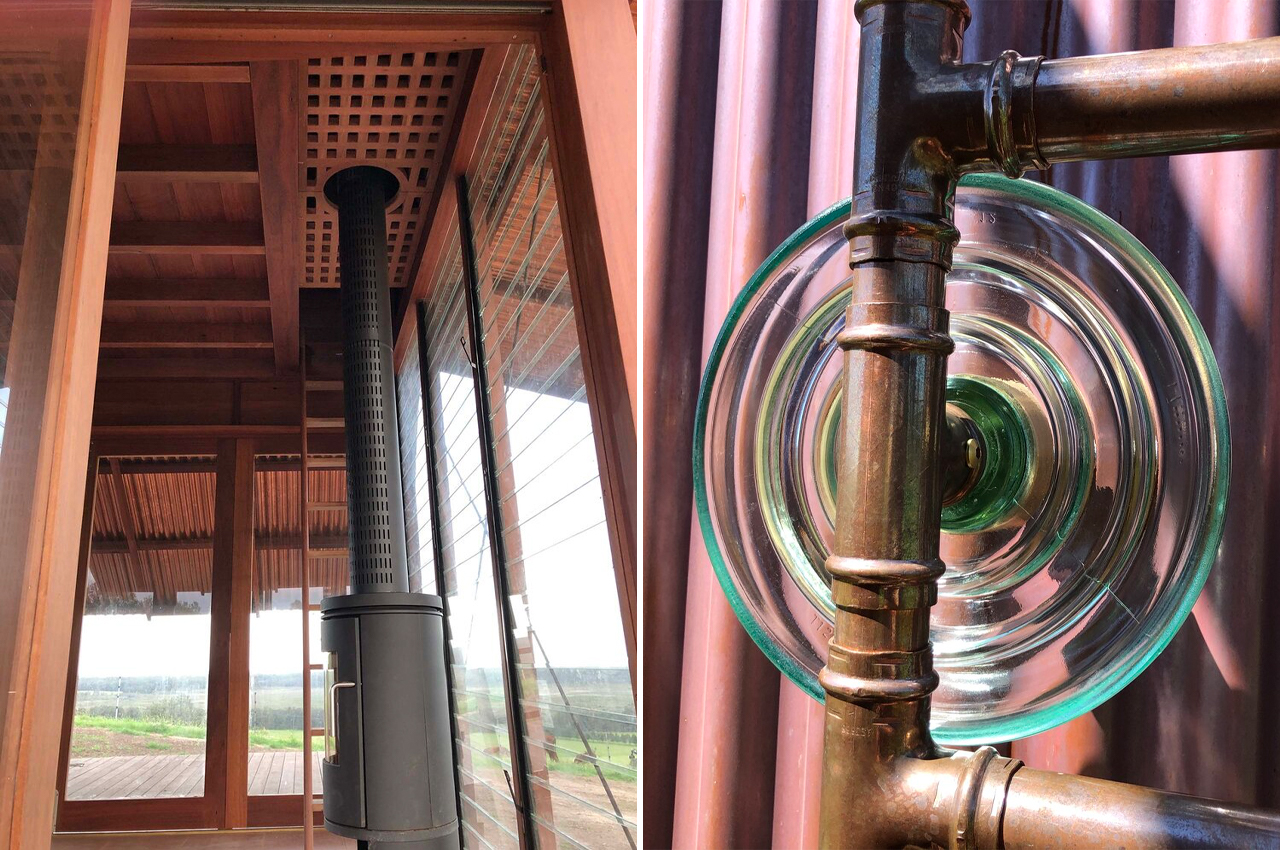
Since the architects behind Permanent Camping II hoped to find comfort while maintaining a small floor plan, the two towers were “designed to provide the essential requirements for a shelter, bed, porch or deck, fireplace, and bathroom.”
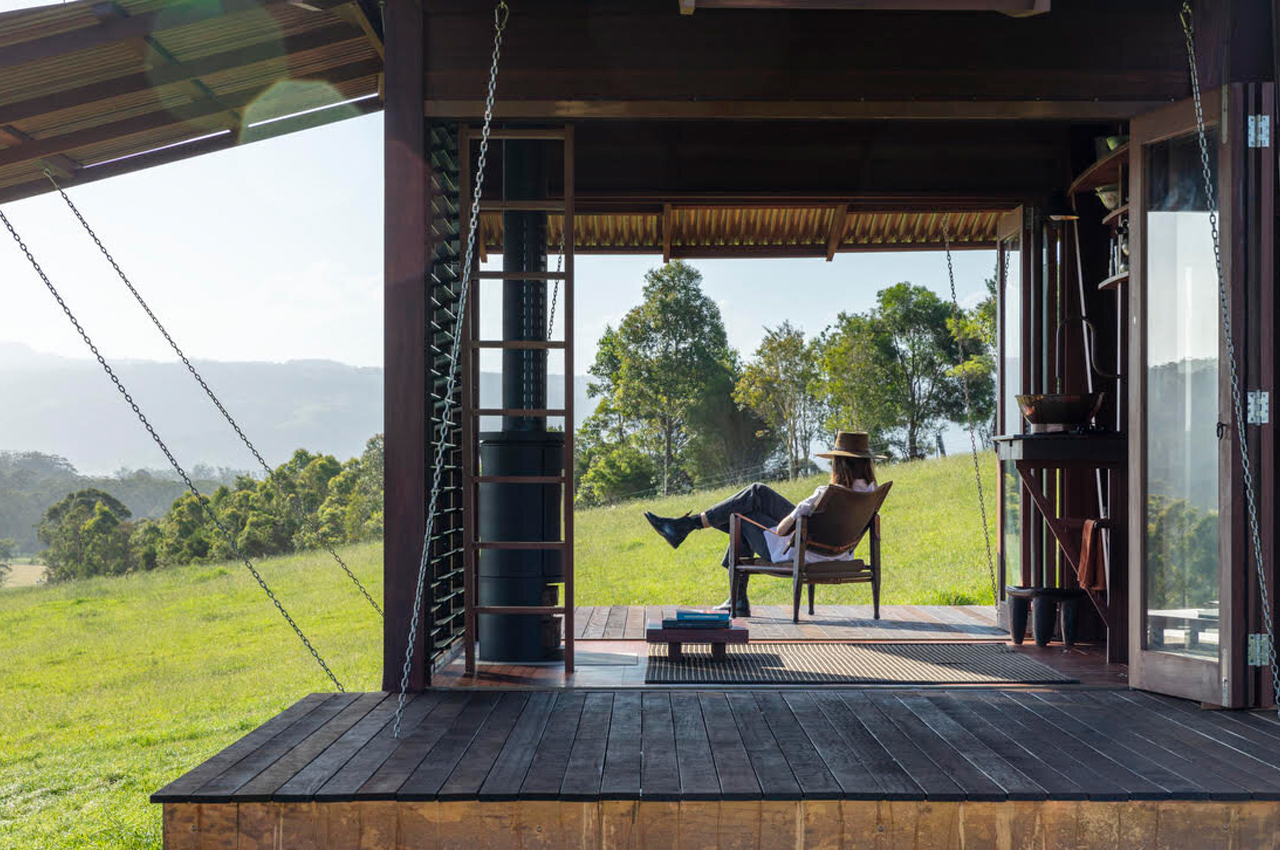
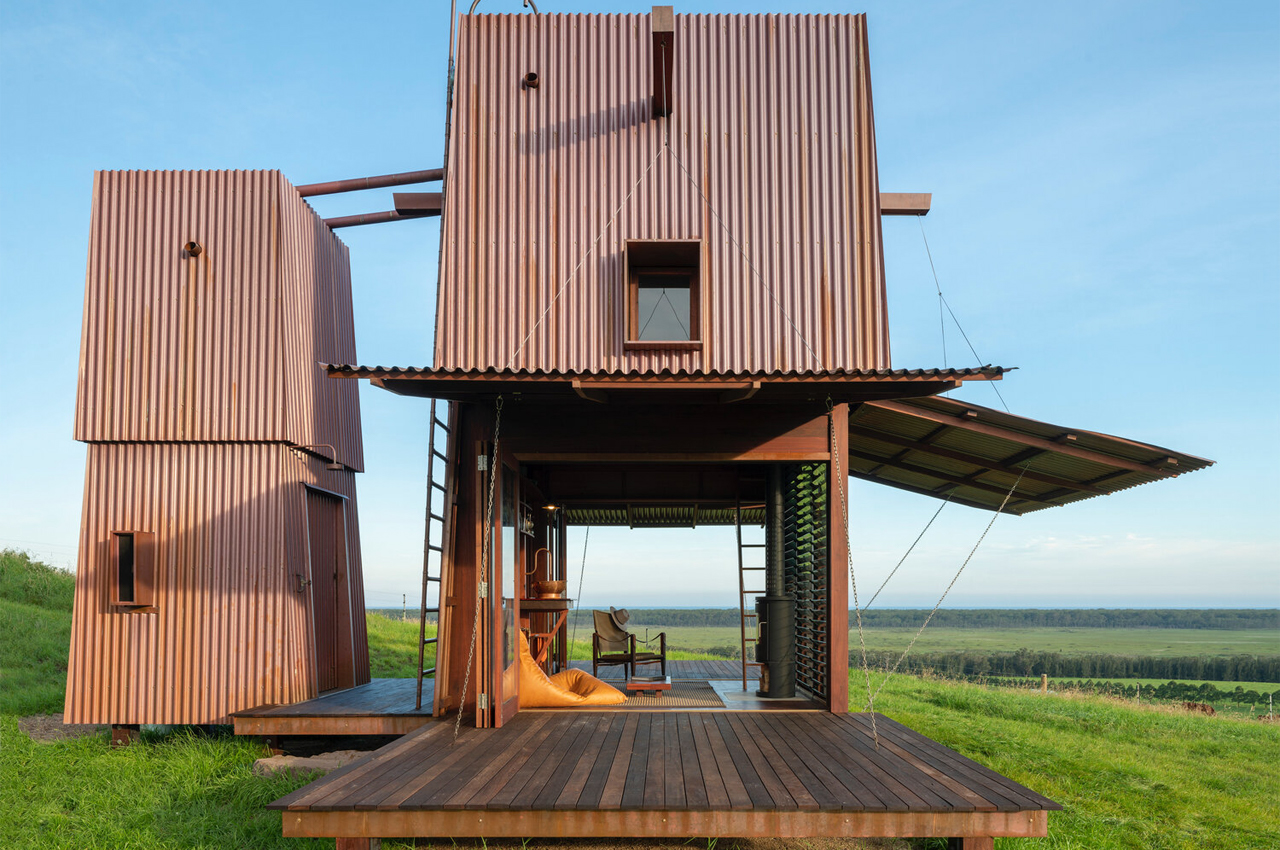
At ground level, Permanent Camping II’s interior leaves room for utilities required for cooking, storage capacities, and heating facilities. When homeowners would prefer a bit more living space, copper-clad awnings can unfurl from the home’s base to create a semi-outdoor living room and outdoor deck. Found right between the two towers, a ladder brings residents to the second mezzanine where the main bedroom is located.
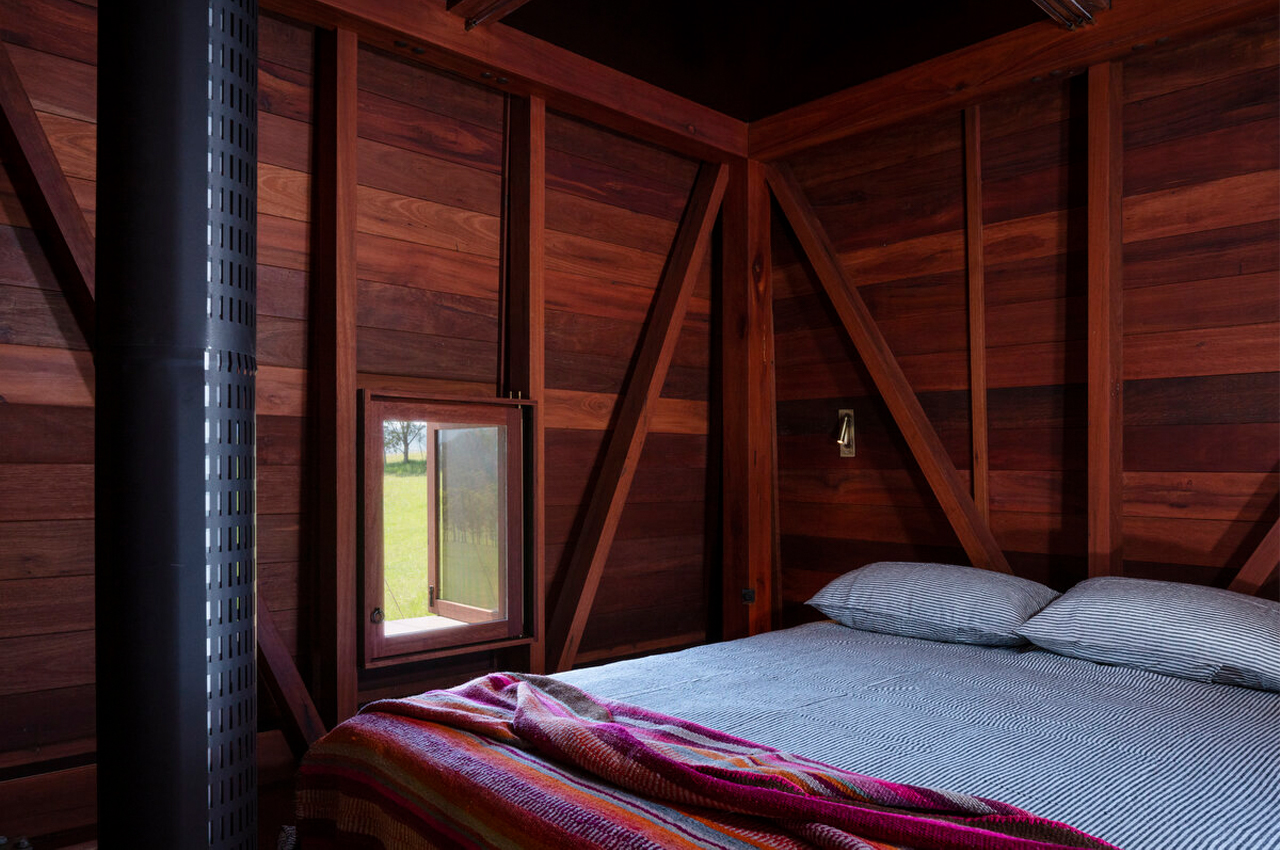
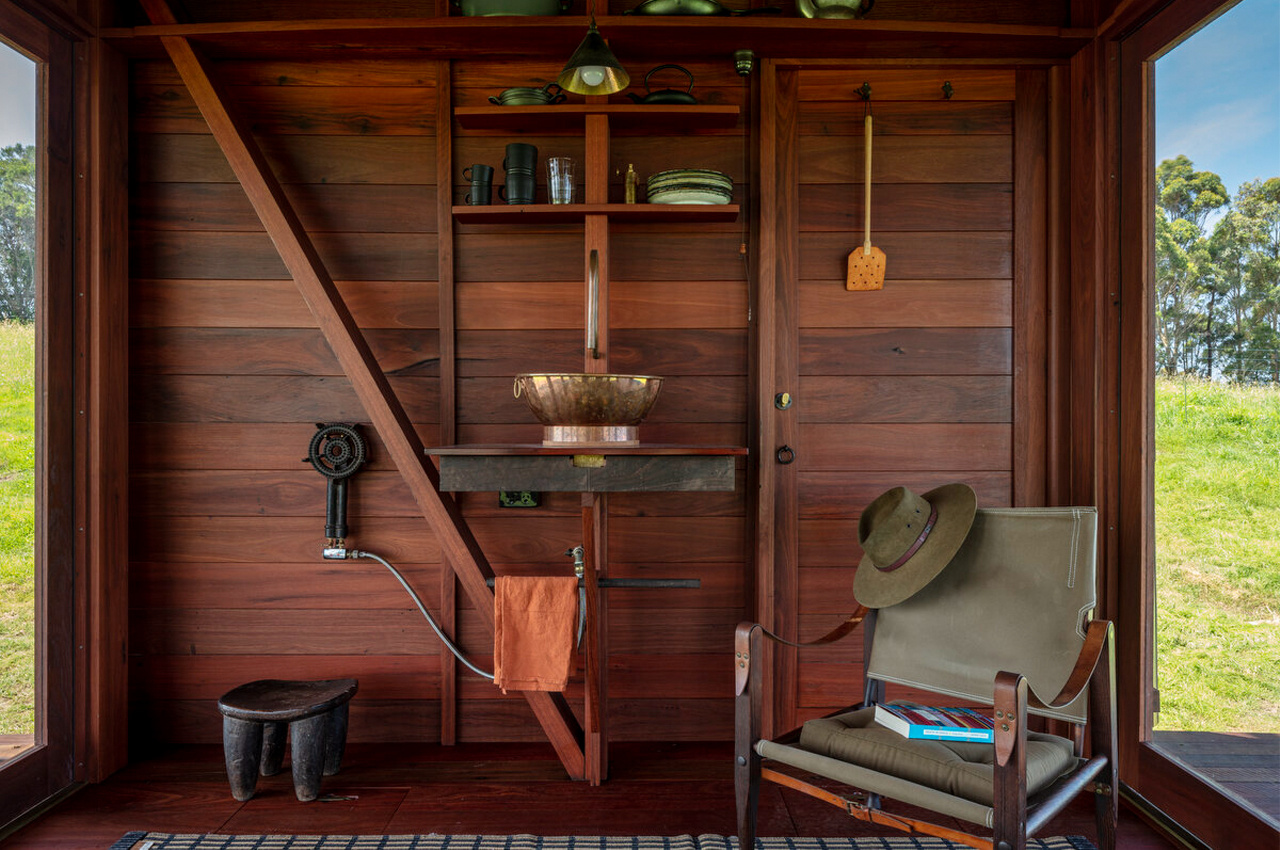
Self-contained and sustainable, Permanent Camping II hosts a solar panel roof, water and sewage systems, and natural ventilation methods. Describing the home’s sustainable amenities in their own words, the architects at Casey Brown explain, “Water is collected on the roofs and gravity fed to the tank above the bathroom and onto the shower and kitchen. A potbelly wood-fire stove heats the cabin at night. Solar panels on the roof provide power for lighting. Permanent access is provided to the roof which doubles as a lightning conductor.”
Designer: Casey Brown Architects
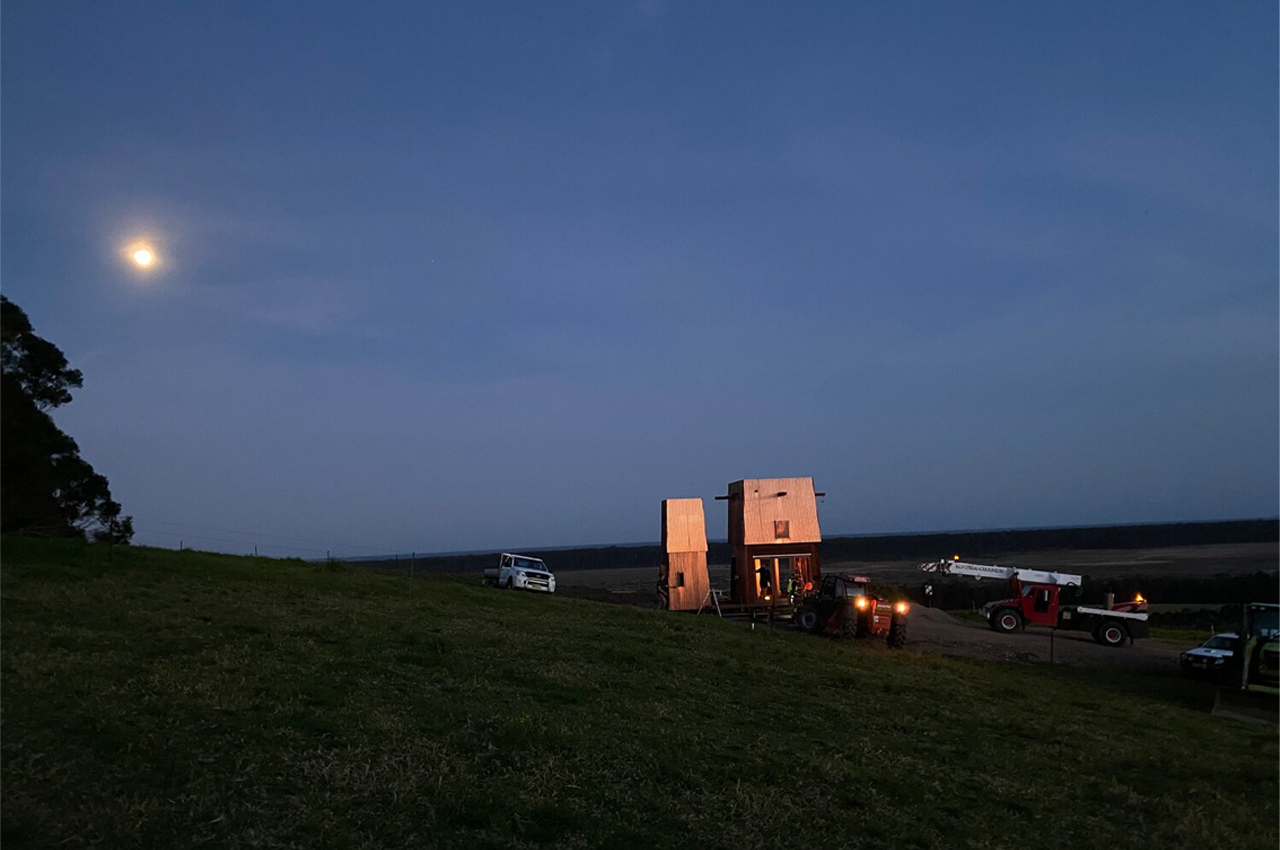
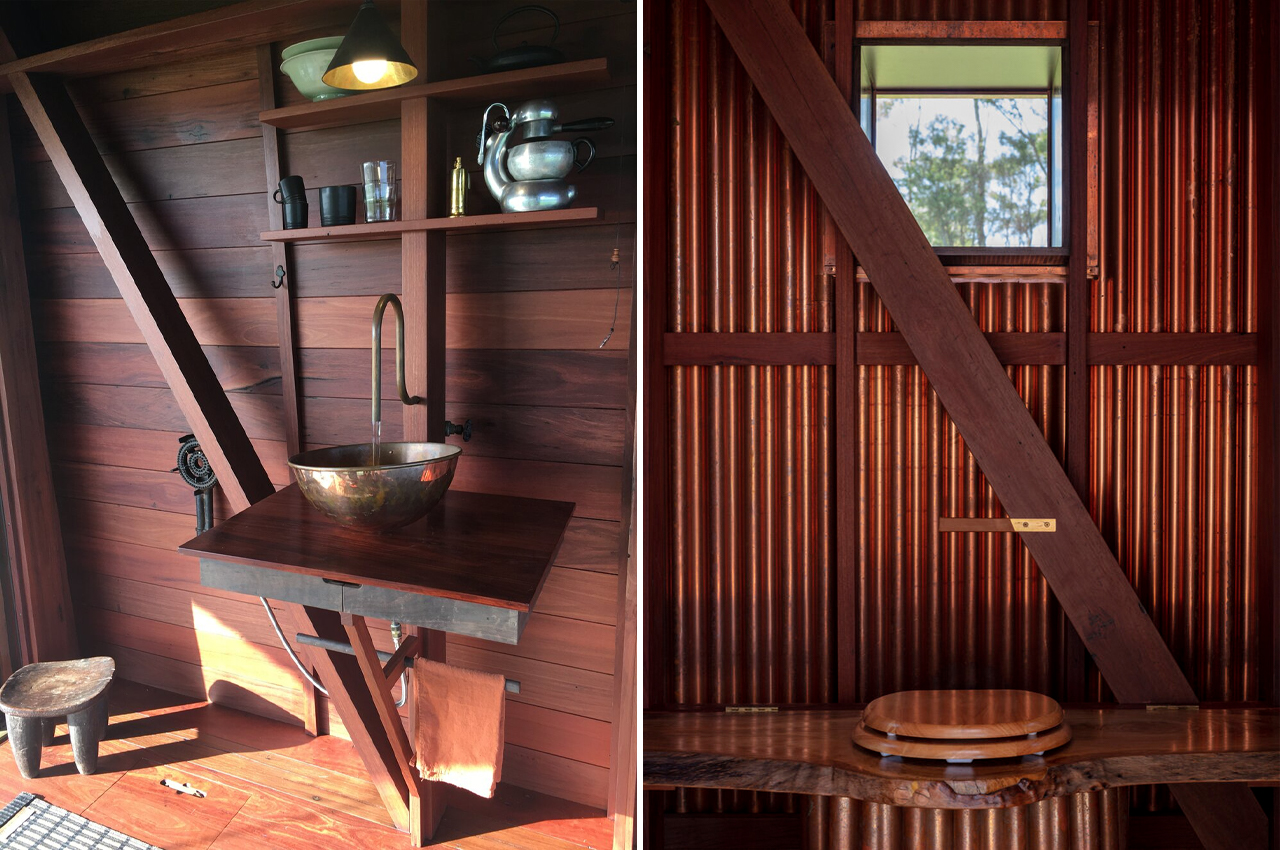
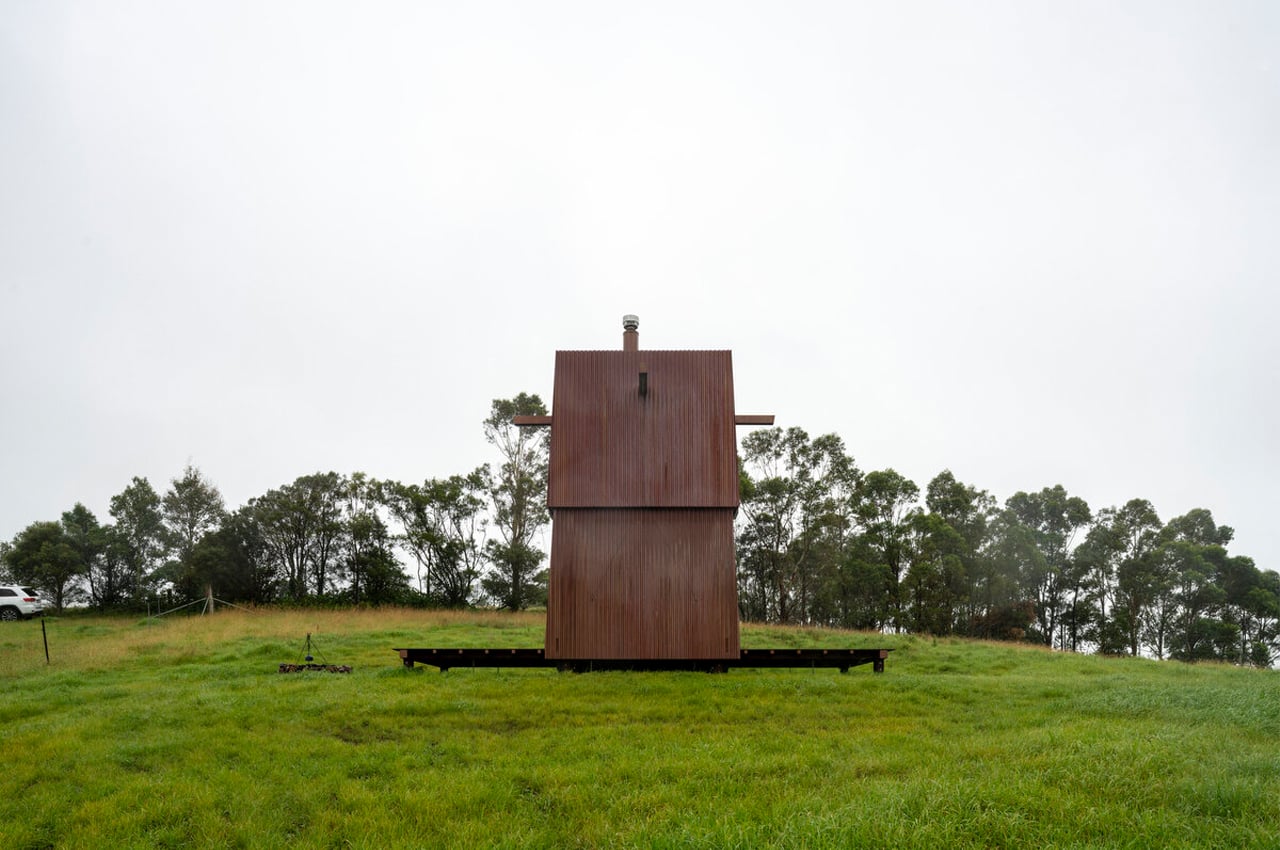
From different vantage points, Permanent Camping II dons a new profile.
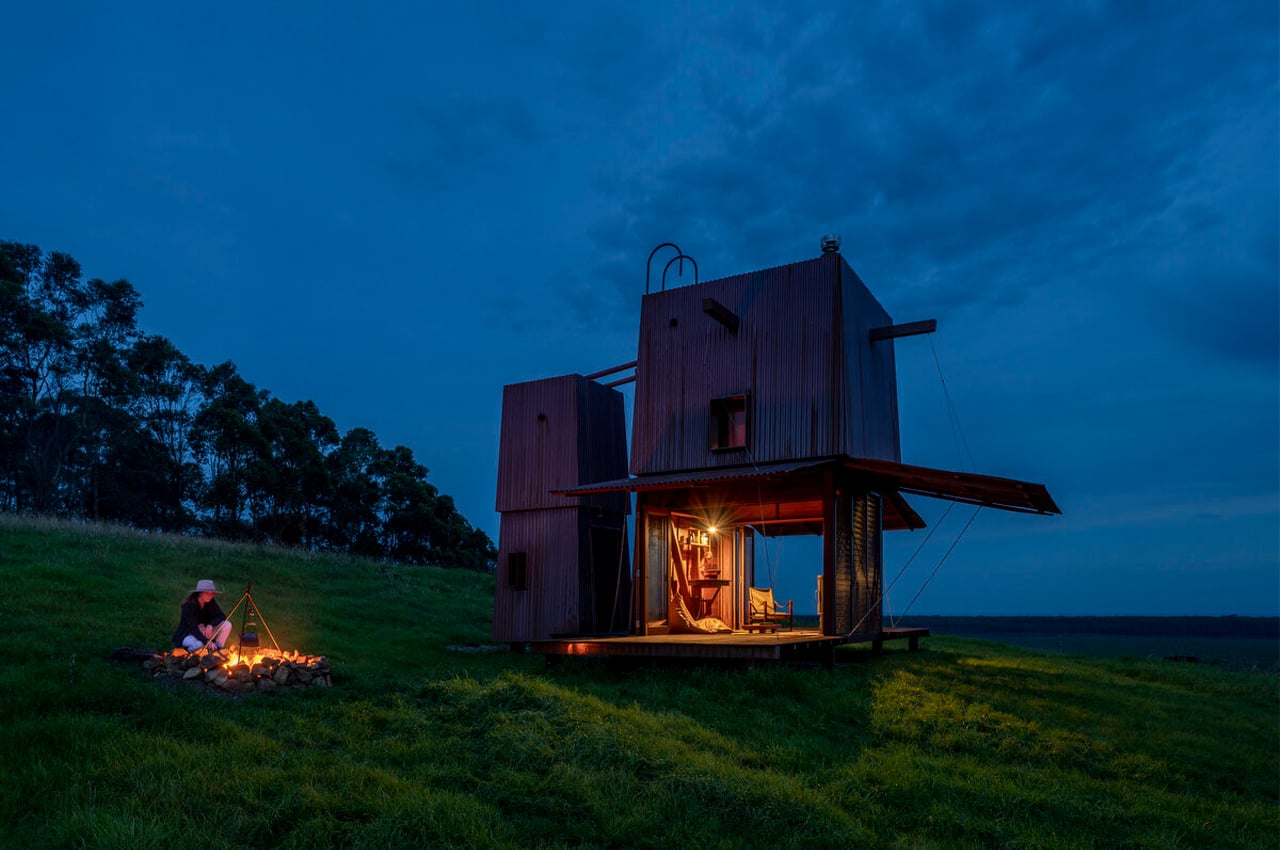
Come dusk, Permanent Camping II glows like a lantern.
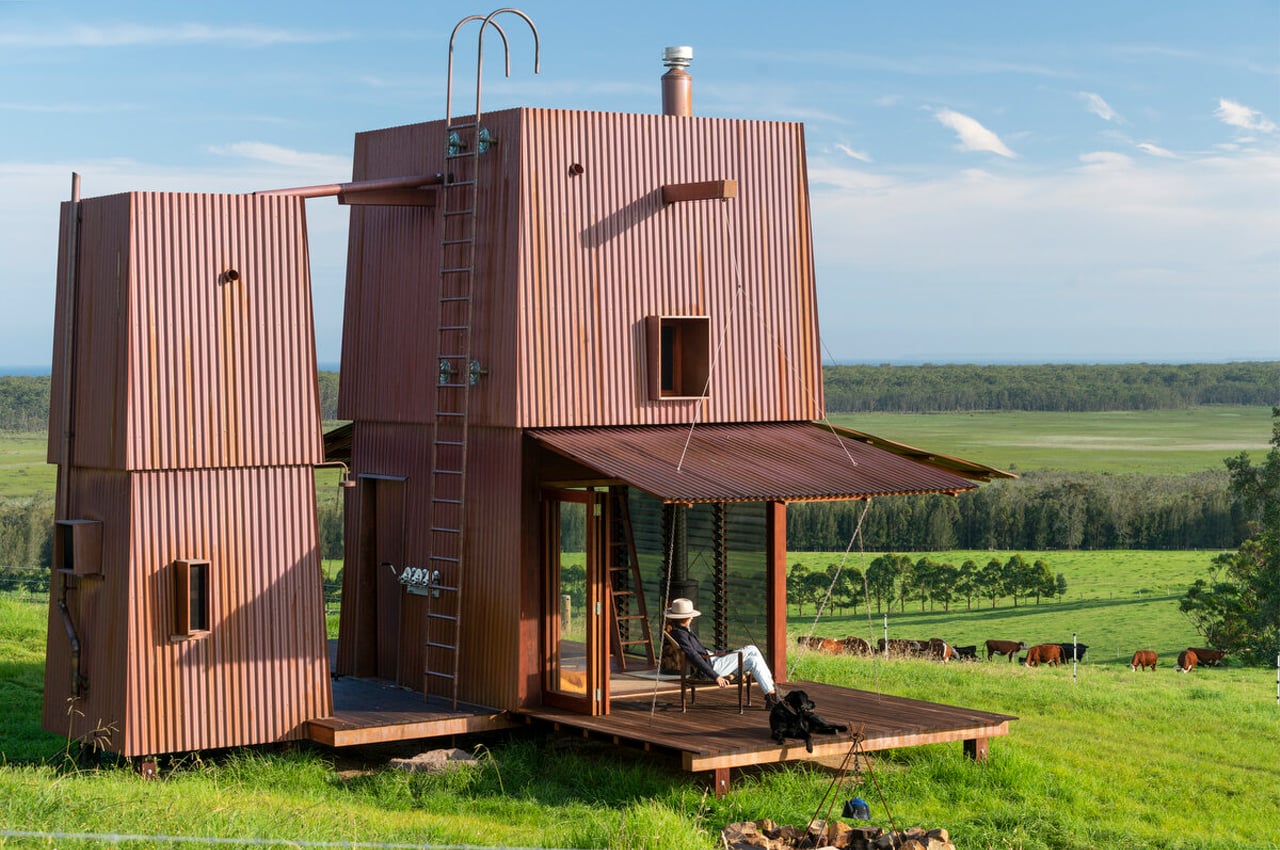
Just behind the main living tower, Permanent Camping II has a separate bathroom complete with sustainable sewage and water treatment systems.
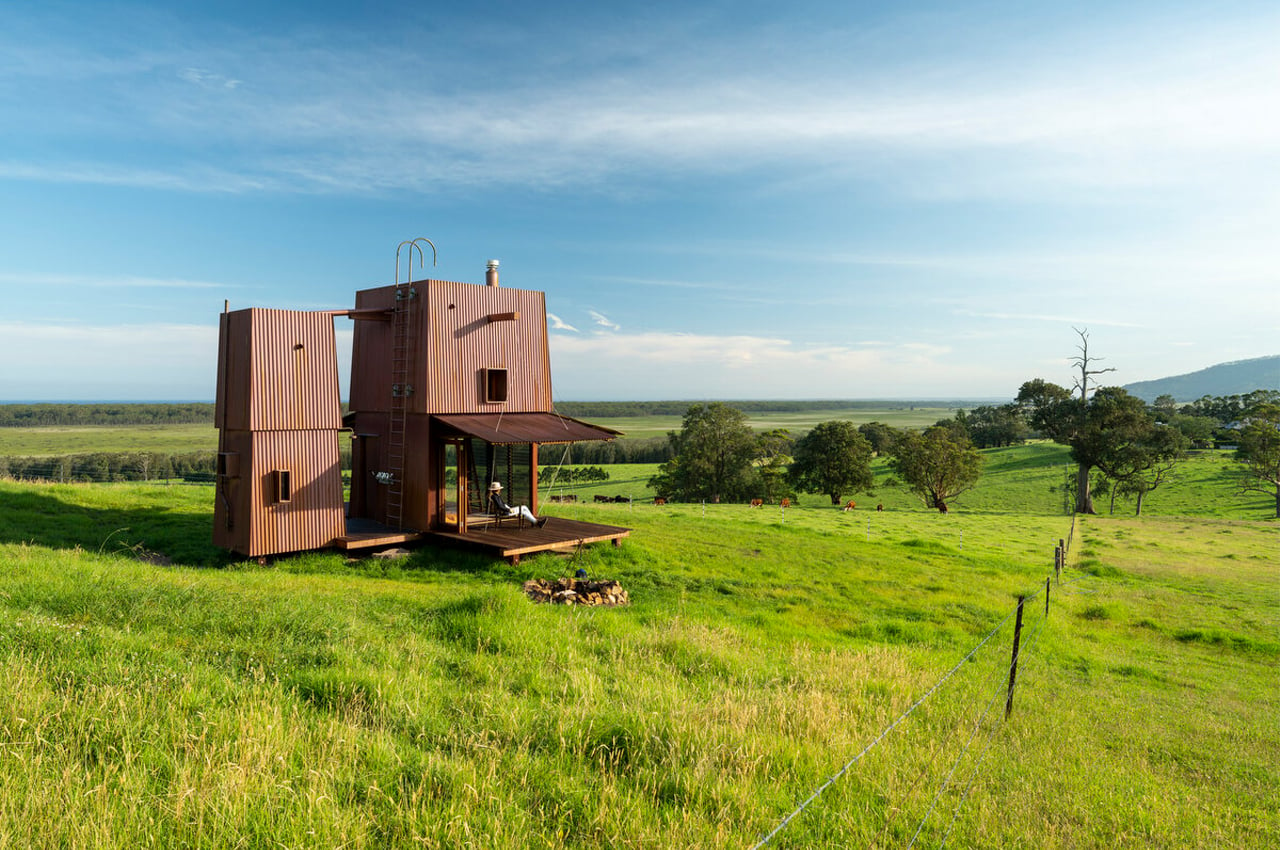
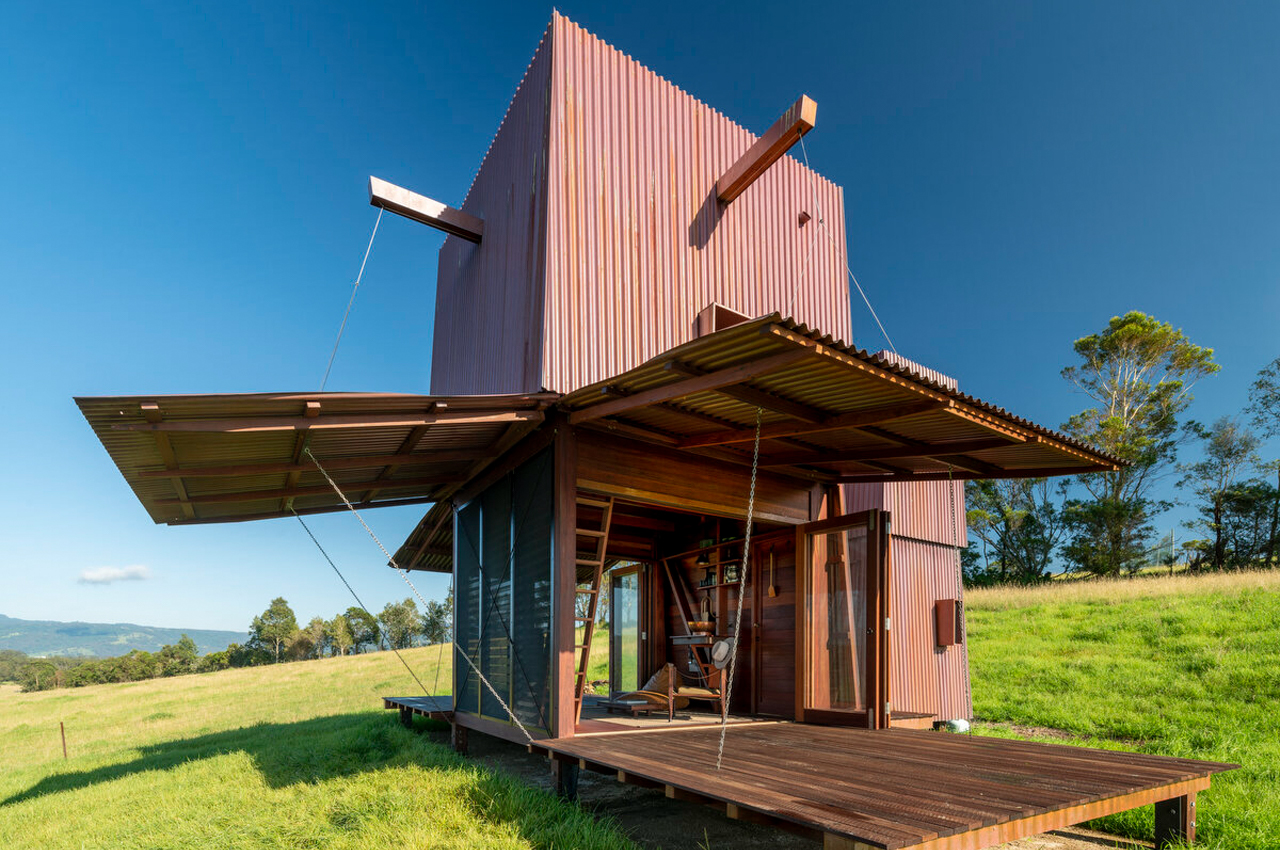
The copper-clad awnings create more interior living space and a space for an outdoor deck or porch.
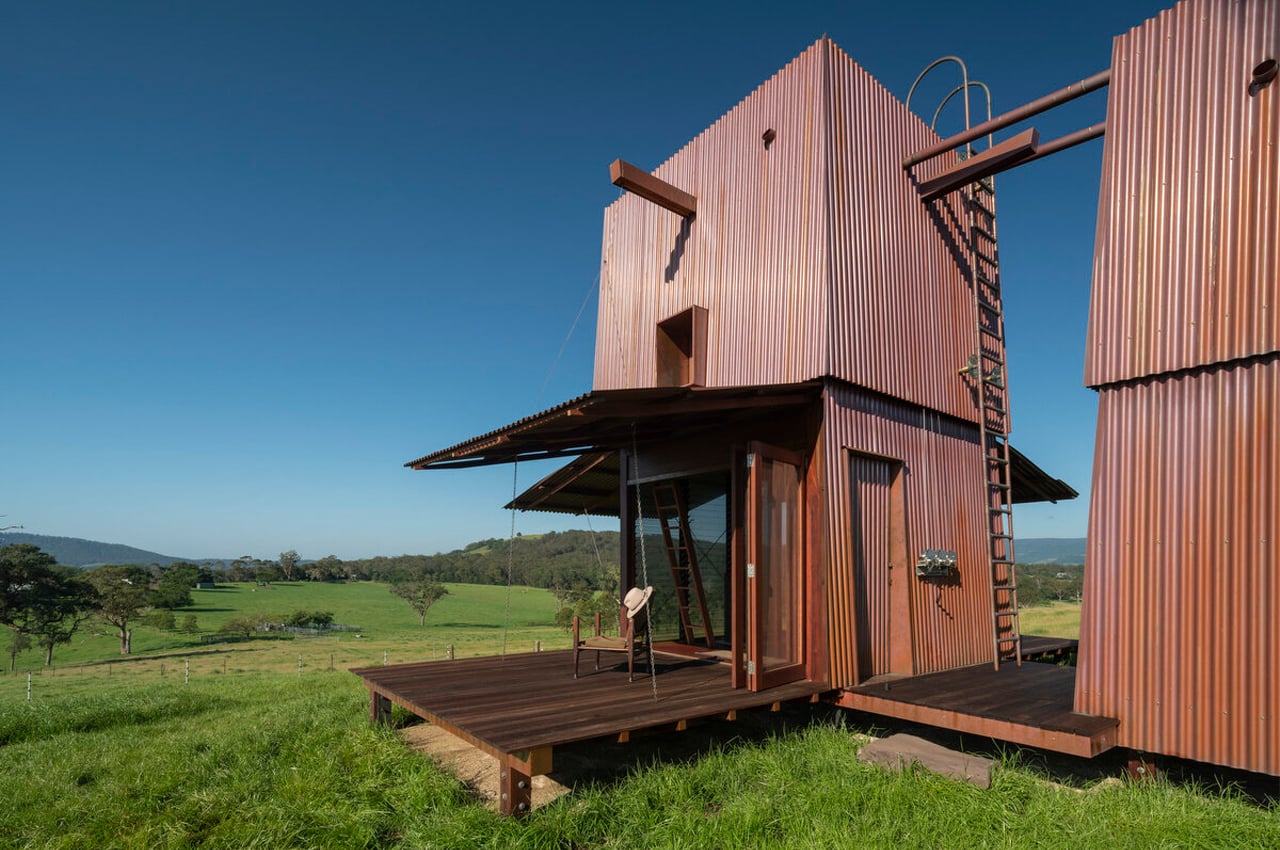
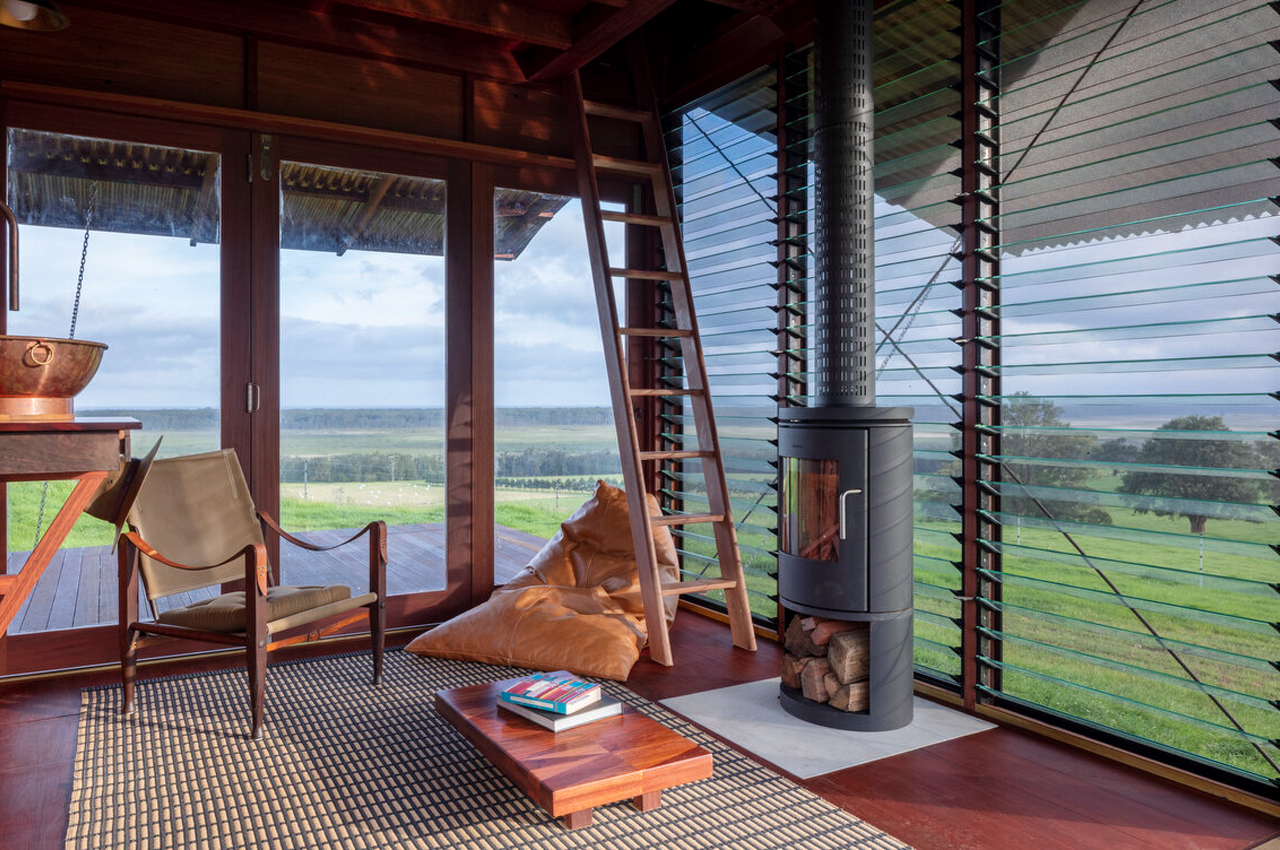
Inside, jalousie windows provide natural ventilation even when the awnings are winched shut.
